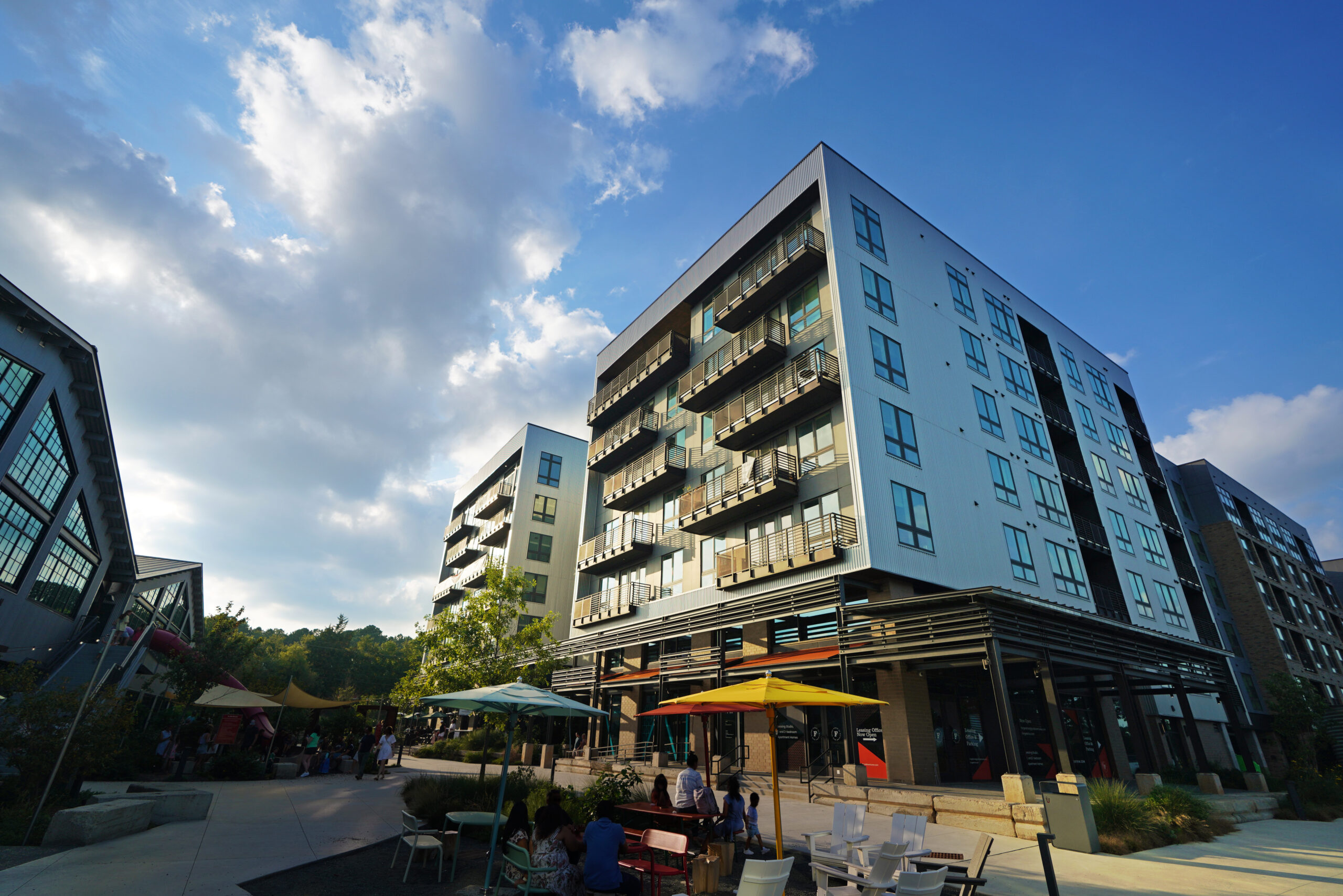Thinking Beyond Traditional Retail
When I first entered the commercial real estate world over three decades ago, retail centers followed a familiar pattern: a few quick-service restaurants, a grocery anchor, maybe a pharmacy or bank. It was a formula that worked well for years. But as the market has evolved—and consumer expectations have changed—so has the development landscape. To remain competitive and create long-term value, developers have to think beyond single-use spaces.
That’s where cross-sector synergy comes in.
Today, one of the smartest ways to maximize land use and boost return on investment—especially in suburban and tertiary markets—is by blending retail with other high-performing asset classes, such as hospitality and self-storage. At MX Properties, we’ve embraced this strategy, and we’ve seen firsthand how it can turn underutilized parcels into thriving, resilient developments.
Let me break down why this approach works, how we implement it, and what it means for the future of retail real estate.
Why Hospitality and Storage Make Great Neighbors
At first glance, hotels and self-storage might seem like odd companions for a retail development. But when you look closer, the benefits become clear.
Hospitality brings consistent foot traffic and spending power to a site. Guests need food, gas, coffee, and convenience—all things retail tenants are eager to provide. Hotels also operate 24/7, which helps drive business during off-peak retail hours and enhances security across the entire development.
Self-storage, on the other hand, might not generate foot traffic, but it provides something just as valuable: stability. Storage tenants are “sticky.” They tend to stay for long periods, and their leases don’t fluctuate with consumer fads. Storage is also less impacted by e-commerce than other real estate sectors. And in a mixed-use environment, it adds a layer of revenue diversification that helps hedge against market cycles.
Put simply, these uses complement each other. Where retail brings energy and visibility, hospitality brings occupancy, and storage brings cash flow.
Optimizing Land Use in Suburban and Tertiary Markets
In Florida, we’re seeing tremendous growth in areas just outside the major metro hubs—places like Ocala, Clermont, and North Port. These markets are attracting families, retirees, and remote workers who want more space and affordability but still expect convenience and quality.
Developers who want to serve these communities must work smarter with the land they acquire. Often, that means dealing with irregular parcels, constrained zoning, or utility limitations. That’s where mixed-use solutions shine.
For example, a storage facility can be tucked behind a retail strip, using land that might otherwise sit vacant. A limited-service hotel can occupy a corner pad site, offering visibility from the highway and complementing nearby restaurants and shops. By layering these assets, we’re able to unlock the full value of a site—often creating three income streams from a single development.
This strategy is especially powerful in municipalities that are looking for higher tax revenue per acre. Cities and counties like mixed-use developments because they drive more consistent economic activity and make better use of infrastructure investment. In many cases, we’ve found that local planning boards are more receptive to projects that blend uses creatively and responsibly.
Design and Operations Matter
Of course, putting hospitality and storage next to retail isn’t as simple as just drawing boxes on a map. It requires thoughtful design and operational coordination.
From a layout standpoint, we focus on:
- Separate ingress/egress points to avoid traffic congestion.
- Buffer zones between uses to preserve aesthetics and minimize noise.
- Shared utilities and stormwater systems to reduce costs and simplify approvals.
- Pedestrian pathways that connect uses without creating safety concerns.
We also consider brand alignment. Not every hotel or storage company fits with every retail mix. A high-end fitness studio might prefer a boutique hotel nearby, while a value-oriented grocer might pair better with a midscale extended stay.
On the operational side, we’ve learned the importance of clear property management boundaries. Storage facilities and hotels often have different peak hours, security needs, and maintenance standards than retail. Having a unified management strategy—or clear agreements between operators—can make or break the success of the site.
Long-Term Value Through Diversification
One of the best parts of cross-sector development is its ability to create resilient cash flow over time. While retail may fluctuate with economic cycles or tenant turnover, storage and hospitality can help balance those swings.
During the pandemic, for instance, we saw hotel occupancy dip—but our storage assets held steady, and our essential retail tenants (like QSRs and clinics) performed well. That kind of diversification is a safety net, not just for us as developers, but for our investors and tenants too.
From an exit strategy perspective, a well-executed mixed-use site also offers more options. We can sell off individual components (e.g., condo the hotel, sell the retail, hold the storage) or package them as part of a larger income-producing portfolio.
Smarter, More Adaptive Development
As commercial real estate continues to evolve, I believe mixed-use environments that blend hospitality, storage, and retail will become even more common—especially in growth markets like Florida.
Consumers want convenience. Municipalities want efficient land use. Investors want dependable returns. A cross-sector approach delivers on all three.
At MX Properties, we’re committed to building smarter, more adaptive developments that meet the needs of modern communities. That means being open to new combinations, learning from every project, and constantly asking, “How can we make this site perform better—for everyone involved?”
The answers aren’t always obvious, but they’re worth pursuing. Because when you combine the right uses, in the right place, with the right design—you don’t just build a property. You build lasting value.
